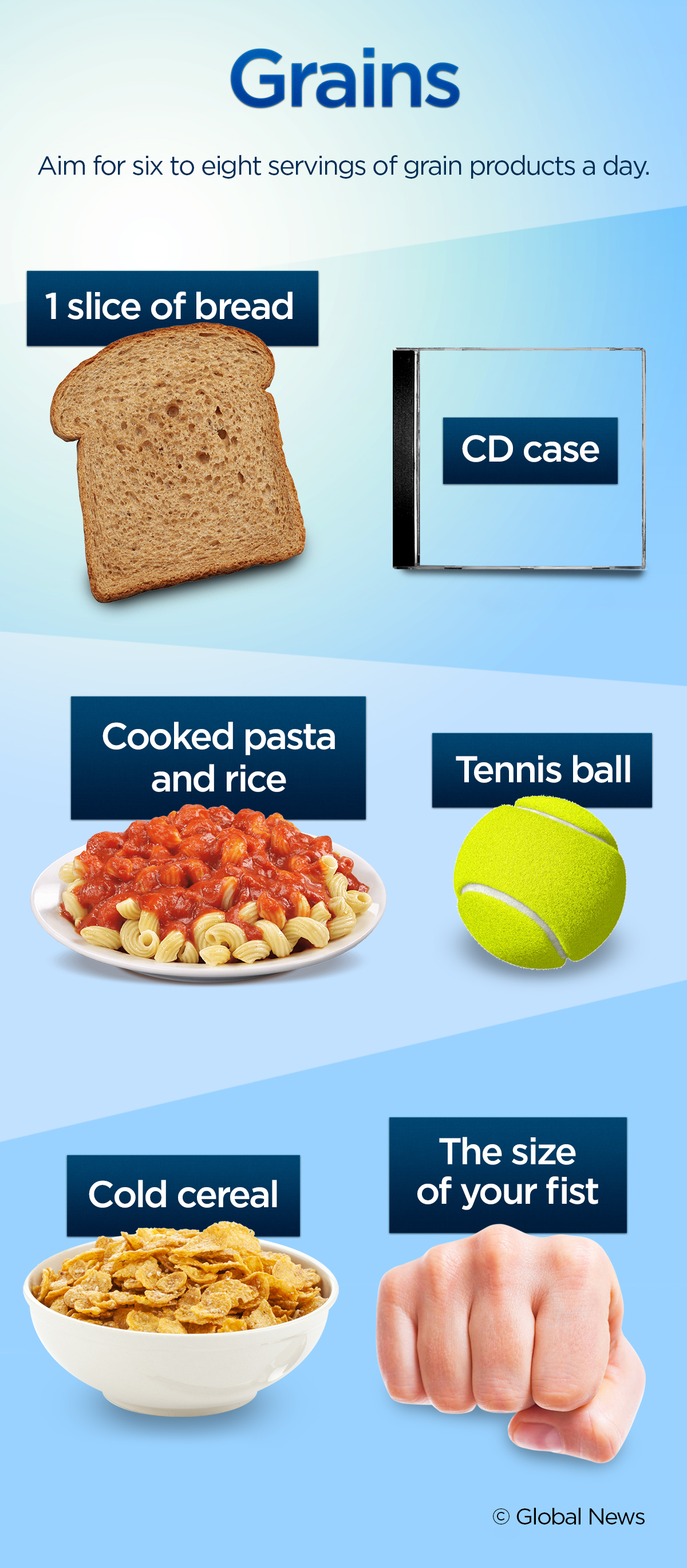Brown rice, whole grain pasta and cooked whole oats — eating whole grains could help protect against heart disease and cancer, according to new Harvard School of Public Health research.

The new study out of the Boston university suggests that people who eat about four servings of whole grains a day live longer than their peers who eat little to no whole grains.
It’s based on a review of a dozen studies conducted in the United States, the United Kingdom and in Scandinavian countries between 1970 and 2010. The scientists pored over the health records of more than 786,000 people.
Turns out, people who ate about 70 grams of whole grains per day had a 22 per cent lower risk of all cause death, a 23 per cent lower risk of heart disease and a 20 per cent lower risk of death from cancer compared to people who ate no whole grains, the study said. These risk factors were measured during the studies’ 40-year duration.
READ MORE: 6 misconceptions about nutrition and healthy eating
“These findings further support current dietary guidelines that recommend at least three daily servings – or 48 grams – of whole grains to improve long-term health and prevent premature death,” Dr. Qi Sun, the study’s lead author, said in a university statement.
Whole grains have been tied to a string of benefits: lowering risk of stroke and Type 2 diabetes and maintaining blood pressure levels and weight, for example.
When study participants reported eating an additional daily serving of whole grains – about 16 grams – their risk of heart disease-related death dipped by about nine per cent. Cancer risk dropped by about five per cent in the long run.
Sixteen grams is about a half of a cup of brown rice or a single slice of whole grain bread.
There was a limitation to the study, though: some of the older studies pulled into the data may not have a “more consistent definition” of whole grains. The research also zeroed in on American and Scandinavian diets, so it’s unclear if these findings can be applied to other populations.
READ MORE: Trying not to overeat? Here’s what your portion sizes should look like
Adults should have about six to eight servings of grain products per day, according to Canada’s Food Guide. But at least 50 per cent should come from whole grains.
Don’t confuse multi-grain with whole grain either. Multi-grain means that the product in hand has many different grains – corn, rice, wheat, barley, for example.
Whole grain is what consumers should be looking for. In this case, the whole grain includes the outer skin of the kernel (the bran), the vitamin-packed, protein and fat-rich sprout (or the germ), and the endosperm, packed with minerals and carbohydrates.
Multigrain options could also include processed products that are stripped of the bran and germ.
Here are some examples of whole grains:
- Steel-cut oats, whole oat groats, and regular rolled oats
- Barley
- Brown rice
- Buckwheat
- Millet
- Whole grain bread, pasta or crackers
- Whole grain cereals, whole grain bran flakes
- Whole grain bulgar and quinoa
- Popcorn
Make sure you’re choosing whole grain products that are lower in fat, sugar or salt, Health Canada notes on its website.
Your breakfast could include a whole grain cereal, such as shredded wheat or steel-cut oats.
READ MORE: This food will make you feel fuller if you’re trying to lose weight
Swap out your whole wheat bread for whole grain options instead when you’re preparing a sandwich at lunchtime. White flour tortillas could also be substituted for whole grain versions.
Finally, trade in white rice and white pasta for brown rice, wild rice and bulgar, or add barley to your soups, stews and casseroles, the Mayo Clinic suggests.
Examples of non-whole grains include:
- French baguette
- Naan bread
- Sugary cereals, or hot cereals, such as cream of wheat
- Cornbread
- Waffles
- Rice cakes
- Saltine crackers
The Harvard study was published Monday in the journal Circulation. Read the full findings.
carmen.chai@globalnews.ca
Follow @Carmen_Chai





Comments